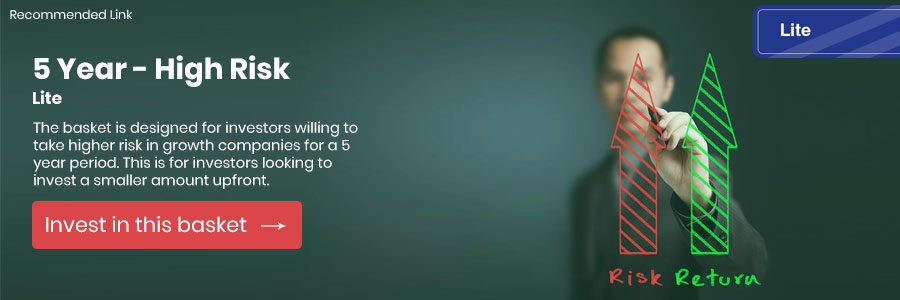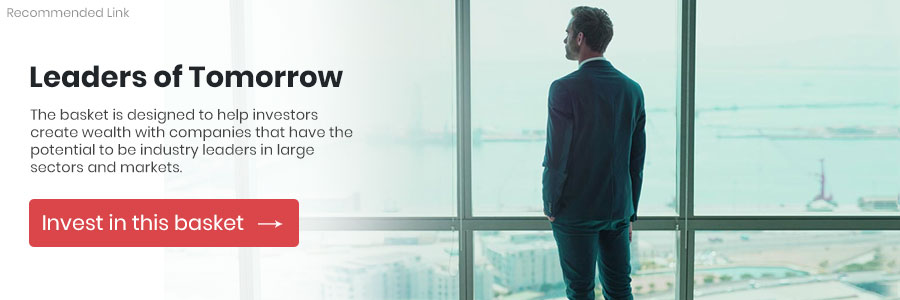Hello everyone, I’m here to brief you about the risk appetite for investments.
As an investor, if you are not saving any of your money NOW, then you are at the highest risk of your life. By saving a handful portion of your salary can be fruitful in your future. The juice and the fruit will be as mouth-watering as you have saved your fruit from ripening. So, please concentrate on the investment process rather than the fruit.
Before starting an investment or planning to invest, be sure that whatever happens like if your investment doesn’t give you return or the returns are quite low, be patient and act smartly in these situations because investments take time to give good returns.
Investment is not an easy job. You have to plan your expenses, plan your EMIs, control your extra expenditure, extra shopping and save your money. You can always refer to Mr. Warren Buffett who is one of the most successful investors of all time. We can’t be like him but we can always follow his footsteps so that one day you can achieve your goal of investments. As he says, put all your eggs in one basket and watch the basket very carefully to grow because then you can concentrate on one thing rather than having diversified investments in which you don’t have time to track every investment. Multiply your money as much as you can.

Be it Mutual funds or the shares, you must have perfect knowledge about the company and the sector you’re investing in and of course how its peer companies are performing. You can differentiate your investments in high, medium and lower risk patterns according to your capacity of taking risks. In total there are 8 types of risks such as Maximization in which you always choose the high-risk option in any decision. Maximus in which you strategize that will give you a chance of making maximum return irrespective of risk. Risk Seeking is the risk in which you are comfortable with high risk but only willing to take a calculated risk. Risk Neutral is often taken for a good reason based on an analysis of risk-reward. Pareto Risk is the type of risk in which you believe 80% of the gains come from 20% of the risk. In Risk Adverse you prefer to select the safest option. Minimax is you prefer to minimize security risk associated with something and Minimization is nothing but you prefer to minimize every risk whatever the cost.
What we call a risk appetite is nothing but the way you handle your risks and how can you manage the investments by keeping an eye on your investments. You must have often come across people who say they have a high-risk appetite. 99% of the time people who say that they have high-risk appetite are the ones who have never seen a market crash. They think that there will be a nice fall in the market, then they will put more money and suddenly it will move up and then eventually they will get high returns. It is like you will earn high returns and the question is how can you say that. A market crash is a quick reaction to something that happens unexpectedly. You can only say that the person has made huge profits after the event has passed. So, only when the market crashes you will come to know whether a person has made money or not. You should not invest with the feeling in the market that by the end of this financial year you will earn 20% profit as no one can predict what is going to be the next big thing in the market. If your returns are not up to your expectations, you will feel disappointed. So it’s better to keep a track on the performance of your portfolio.

The above picture is of a mouse who is preparing to get his cheese which states that risk is not only seen bad. If the mouse is said to be an investor, what are the uncertainties that matter to you as a mouse and of course we see the trap? The mouse sees the trap and he is preparing as you can see he is with his helmet on and he goes very carefully so that he doesn’t fall into the trap or get injured. Your investment is cheese. Cheese has value, cheese has benefits and cheese will good returns what you as an investor need. This tells that as an investor you know that there could be some amount of risk associated with the investments you have made but you should always be ready, carry out due diligence and be active to decide in bad times so that you may not incur a huge loss.
To be frank, my risk capacity is quite moderate. I can’t bear heavy losses and continuously keep track of each investment of mine and believe that my hard-earned money should be safe. I’m selfish regarding my investments because these investments are the only thing that will keep me going in all the endeavours of my future. And one more thing you should not be much greedy if you gain some profits in your investments. Be patient, relax and enjoy the fruit unless and until you feel that it is the best time to throw off the fruit.
Thank You!





